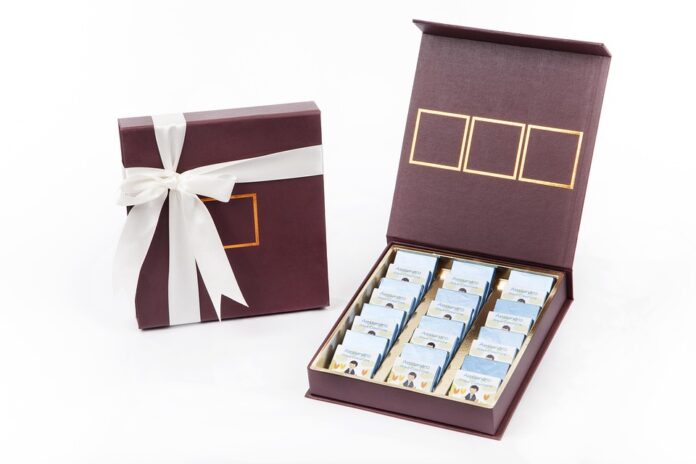The Future of Chocolate Packaging: Indulgent, Informative, and Recyclable
Introduction
Chocolate has been a beloved treat for centuries, enjoyed by people of all ages around the world. However, the way chocolate is packaged has evolved over time, and the future of chocolate packaging looks to be indulgent, informative, and recyclable. In this report, we will explore the latest trends in chocolate packaging, the companies leading the way, and the financial implications of these innovations.
Trends in Chocolate Packaging
In recent years, consumers have become more conscious of the environmental impact of packaging materials. This has led to a growing demand for sustainable packaging solutions in the chocolate industry. Companies are now exploring various options such as biodegradable materials, recyclable packaging, and compostable packaging to reduce their carbon footprint.
Another trend in chocolate packaging is the focus on indulgence and luxury. Brands are investing in high-quality packaging materials, unique designs, and premium finishes to create a sense of luxury and exclusivity for their products. This trend is particularly prevalent in the premium chocolate segment, where packaging plays a crucial role in attracting consumers and conveying the brand’s image.
Informative packaging is also gaining popularity in the chocolate industry. Consumers are increasingly interested in the origin of their food products, including where the cocoa beans were sourced and how the chocolate was produced. As a result, brands are incorporating more information on their packaging, such as certifications, nutritional facts, and the story behind the product, to educate and engage consumers.
Companies Leading the Way
Several companies are at the forefront of innovative chocolate packaging solutions. One such company is Nestle, which has committed to making 100% of its packaging recyclable or reusable by 2025. Nestle has also introduced paper packaging for some of its chocolate products, reducing the use of plastic and improving the recyclability of its packaging.
Another key player in the chocolate packaging industry is Mondelēz International, the parent company of popular chocolate brands such as Cadbury and Toblerone. Mondelēz has invested in sustainable packaging solutions, including recyclable materials and compostable packaging, to reduce its environmental impact and meet consumer expectations for eco-friendly packaging.
Financial Implications
The shift towards indulgent, informative, and recyclable chocolate packaging has financial implications for companies in the chocolate industry. While investing in sustainable packaging solutions may initially incur higher costs, it can lead to long-term savings through reduced waste disposal and lower environmental impact. Moreover, premium packaging materials and designs can create a competitive advantage for brands, allowing them to command higher prices and attract discerning consumers.
According to market research firm Euromonitor International, the global chocolate confectionery market was valued at $123.7 billion in 2020, with a projected CAGR of 4.6% from 2021 to 2026. As consumers become more conscious of sustainability and seek premium experiences, the demand for indulgent, informative, and recyclable chocolate packaging is expected to grow, presenting opportunities for companies to innovate and differentiate themselves in the market.
In conclusion, the future of chocolate packaging is set to be indulgent, informative, and recyclable. Companies that embrace these trends and invest in sustainable packaging solutions stand to benefit from increased consumer loyalty, reduced environmental impact, and potential financial gains. By staying ahead of the curve and meeting the evolving needs of consumers, chocolate brands can position themselves for success in the competitive confectionery market.




